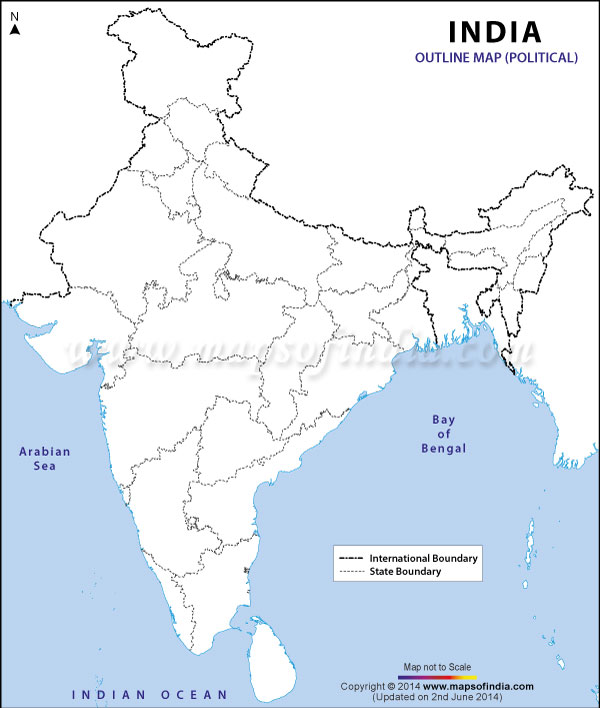The Indian healthcare system needs to go through a radical overhauling, where it can be more sustainable as well as responsive to the citizens. Examine (200 Words)
Refer - The Indian Express
Enrich the answer from other sources, if the question demands.

IAS Parliament 4 years
KEY POINTS
· Global efforts to develop a vaccine against COVID-19 are progressing at an unprecedented pace, but a quick-fix solution is not yet around the corner and we have to be prepared for myriad outcomes.
· Approximately 70 per cent of the healthcare services in India are provided by private players. If private healthcare crumbles due to economic constraints or other factors, India’s entire healthcare system can crumble.
· India has a doctor-to-population ratio well below the level recommended by the WHO — 1:1,445, which adds up to a total of roughly 1,159,000 doctors.
· If only government hospital doctors are included, India has one allopathic government doctor for every 10,926 people, according to the National Health Profile 2019 of the Central Bureau of Health Intelligence (CBHI).
· India has handled the COVID-19 pandemic exceptionally well. However, considering the rise in the number of infections, India is in dire need of more medical staff and amenities. According to the health ministry, India has 9,50,000 active doctors.
· Since the health ministry has predicted the number of cases would peak at 8,26,000, the number of doctors seems absurdly low. If the government wants to stay successful in fighting the COVID-19 pandemic, it needs to rapidly build medical institutions and increase the number of doctors.
· The army that India needs is a large private health sector that can sustain the battle against the coronavirus as well as other threats that we might face in the 21st century.
· If India wants to achieve a 1:1,000 ratio, it will need an additional 2.07 million doctors by 2030. For this, the government needs to increase its spending on the health sector. It needs to aid attempts at constructing new medical institutes.
· The arrangement can be a semi-private or public-private partnership. Encouraging private parties to profit from their institutes while providing India with doctors will have two effects: The doctor deficit that India is facing will be eradicated and the economy will get a much-needed boost from an almost untapped market.
· If the government wants to achieve an ideal ratio of healthcare workers to the country’s population and create adequate health infrastructure, it is of utmost importance to bring in FDI to the sector.
· We need to further strengthen biomedical research and invest in cutting edge “made in India” health technologies. We must make it easier for health technology start-ups by giving them tax cuts. Scientific innovation is the key and the private sector can contribute to this area.
aswin 4 years
Kindly give feedback

IAS Parliament 4 years
Try to mention some schemes related to health care system, share of GDP etc. Keep Writing.

SHUBHAM SHARMA 4 years
kindly review

IAS Parliament 4 years
Try to include about share of GDP to be spent, mention schemes related to health care system. Keep Writing.
Surya 4 years
please review

IAS Parliament 4 years
Good attempt. Keep Writing.
Sanjeev Kumar Singh 4 years
Kindly give feedback

IAS Parliament 4 years
Good attempt. Keep Writing.